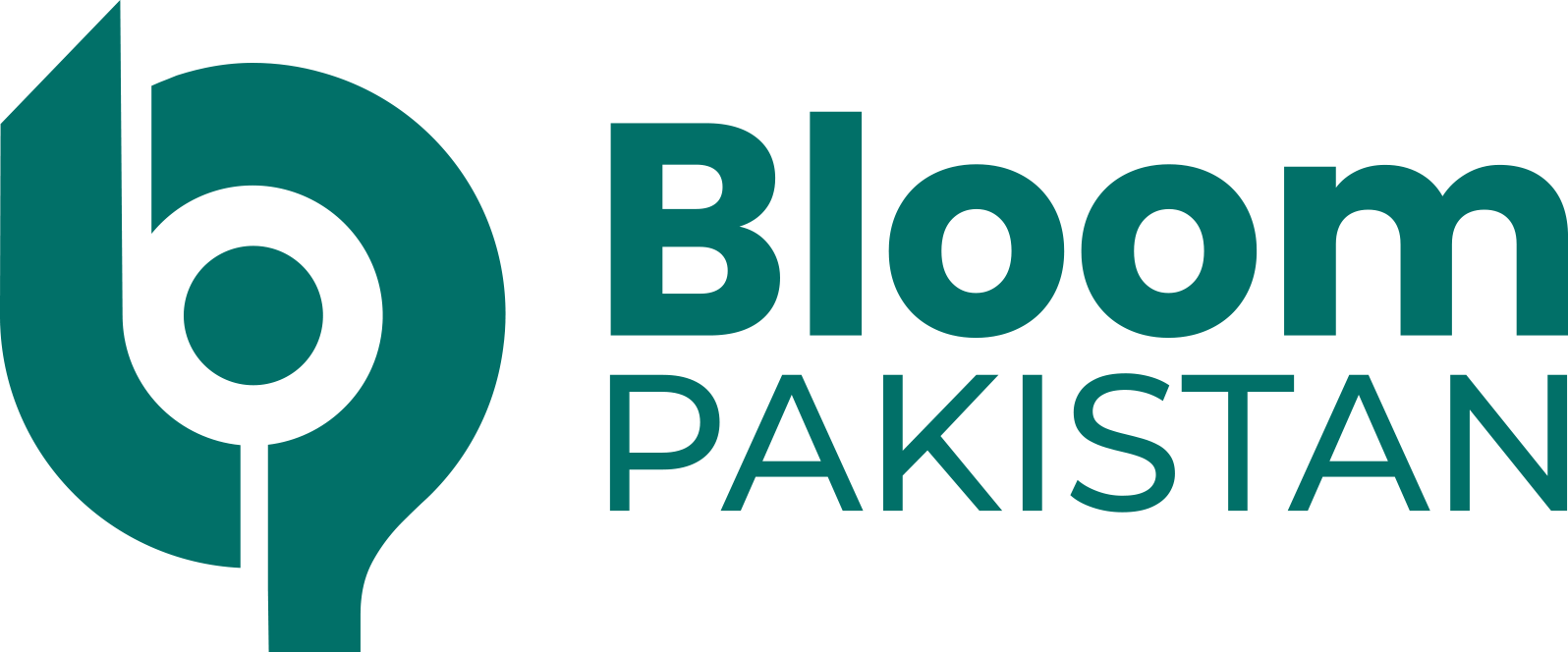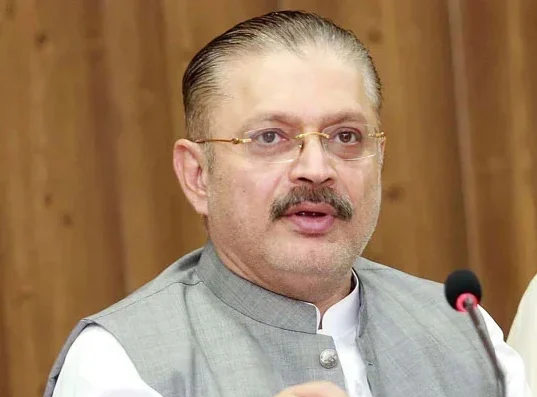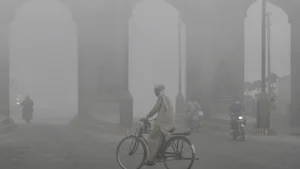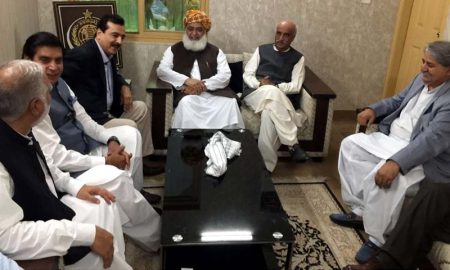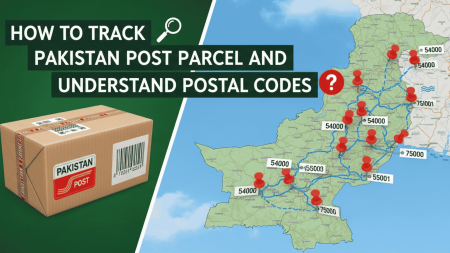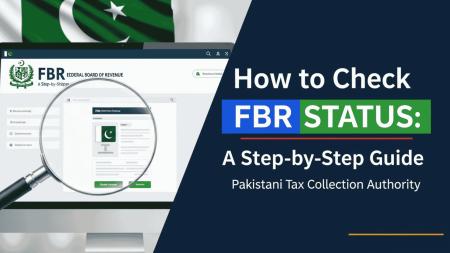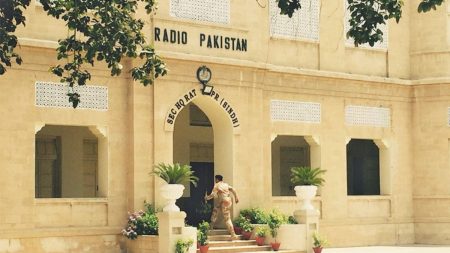Sindh Transport Minister Sharjeel Memon recently in a meeting to evaluate the progress of the Yellow and Red Line Bus Rapid Transit (BRT) projects was presided over. He underlined the importance of accelerating development, especially with regard to the Red Line, which calls for building a biogas plant on 32 acres in the Cattle Colony. Memon underlined that the primary objectives of the Sindh government are the timely and high-quality completion of these projects.
Six of the 28 stations that will make up BRT will be subterranean. Two U-turns, two bridges, and nine underpasses make up the project. In the meanwhile, 268 diesel hybrid buses with a daily capacity of about 300,000 people would be used by the Yellow Line BRT. To improve connectivity, this project will also add 80–100 kilometers of new road infrastructure.
The largest city in Pakistan, Karachi, has an intricate transportation system. The majority of inhabitants depend on privately run minibuses and buses, which travel almost the whole city. For quick trips, people frequently use taxis and autorickshaws. Because ride-hailing services are so user-friendly, they are also well-liked. However, many locals drive their cars because the public transportation system isn’t always reliable, which causes significant traffic congestion. Since motorcycles are affordable and simple to maneuver through traffic, they are also very popular.
Reviving the Karachi Circular Railway (KCR) will provide dependable train service and ease traffic congestion. With Karachi Cantonment acting as the main station, Karachi has excellent intercity train connections to all of Pakistan’s other major cities.
In a key location within the city, the Green Line BRT, which is a component of the larger Karachi Metrobus network, aims to offer quick and dependable bus service. Initiatives to increase passenger ferry services are in the works because of the city’s large ports. Pakistan’s busiest airport, Jinnah International Airport, serves both domestic and international travel.
Karachi faces challenges such as air pollution, traffic congestion, and worries about road safety despite its transportation options. By offering effective and eco-friendly transportation options, the continuing BRT initiatives and the KCR rehabilitation aim to address these problems.
